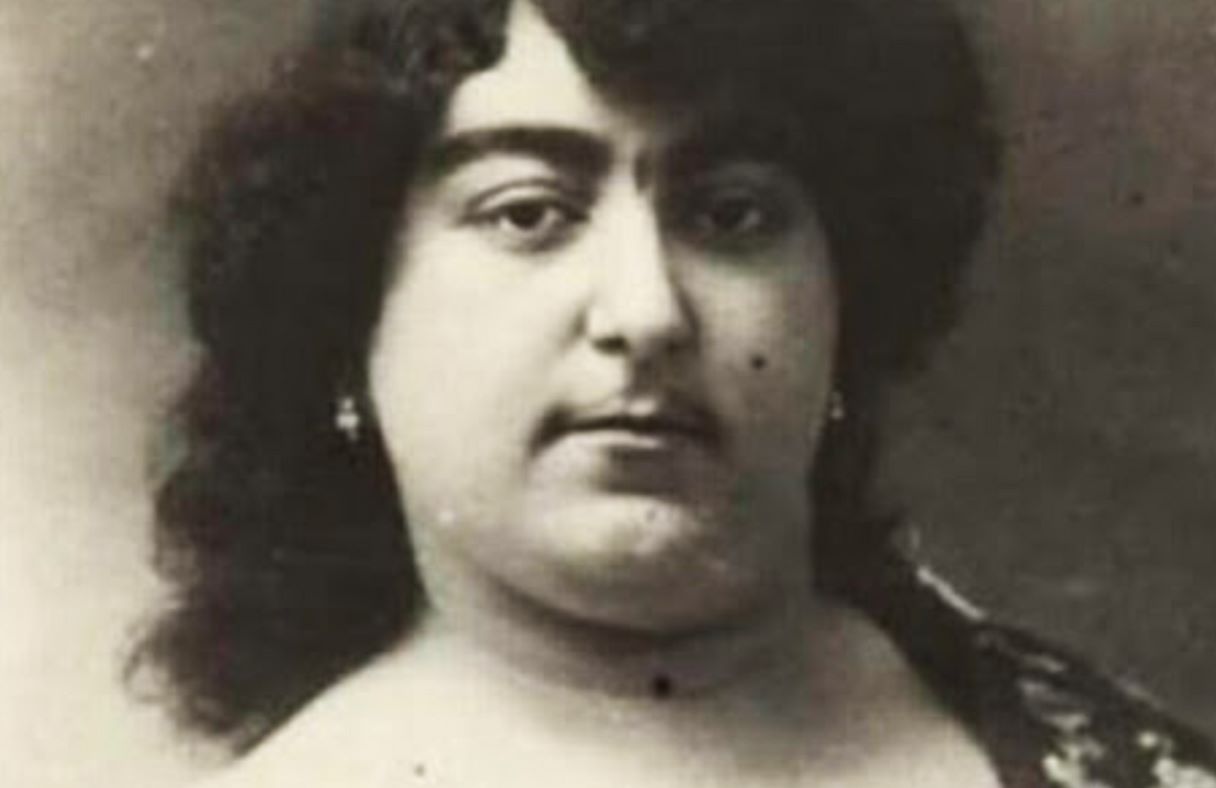
Princess Qajar, a name that sparks curiosity and intrigue, was a member of the Qajar dynasty in Persia. Who was Princess Qajar? Born Zahra Khanom Tadj es-Saltaneh, she was not just royalty but also a trailblazer for women's rights in Iran. Her life was filled with fascinating stories, from her role as a feminist to her unique beauty standards that captivated many. She was an artist, a writer, and a mother, breaking many societal norms of her time. Why is Princess Qajar still remembered today? Her legacy lives on through her contributions to Persian culture and her bold defiance of traditional gender roles. Get ready to dive into 35 intriguing facts about this remarkable woman who left an indelible mark on history.
Key Takeaways:
- Princess Qajar was a Persian princess known for her beauty, intellect, and progressive views. She advocated for women's rights and was a prominent figure in Iranian society.
- Despite myths and misconceptions, Princess Qajar's real-life achievements were impressive and significant. She left a lasting impact on Persian culture and society.
Who Was Princess Qajar?
Princess Qajar, also known as Zahra Khanom Tadj es-Saltaneh, was a Persian princess from the Qajar dynasty. She was known for her beauty, intellect, and progressive views. Her life was filled with fascinating events and achievements.
- Princess Qajar was born in 1883 in Tehran, Iran.
- She was the daughter of Naser al-Din Shah Qajar, the fourth king of the Qajar dynasty.
- Her mother was Turan es-Saltaneh, one of the king's many wives.
- Princess Qajar had 11 siblings, making her part of a large royal family.
- She was known for her distinctive beauty, which included a full mustache, considered a sign of beauty in Persia at the time.
Education and Intellectual Pursuits
Princess Qajar was not just a royal figure; she was also an intellectual who valued education and knowledge. Her contributions to Persian literature and culture were significant.
- She was one of the first women in Iran to remove her hijab and advocate for women's rights.
- Princess Qajar was fluent in several languages, including Persian, French, and Arabic.
- She wrote poetry and essays, contributing to Persian literature.
- Her memoirs provide a unique insight into the Qajar dynasty and Persian society.
- She was a member of the Anjoman Horriyyat Nsevan, a women's rights group in Iran.
Personal Life and Relationships
Princess Qajar's personal life was as intriguing as her public persona. Her relationships and family life were filled with drama and complexity.
- She was married to Amir Hussein Khan Shoja'-al Saltaneh.
- The marriage was not a happy one, and they eventually divorced.
- Princess Qajar had four children: two sons and two daughters.
- Her daughter, Shams al-Moluk, followed in her footsteps as a writer and activist.
- She had a close relationship with her brother, Mohammad Ali Shah Qajar, the sixth king of the Qajar dynasty.
Political Influence and Activism
Princess Qajar was not just a passive royal; she was actively involved in politics and social issues. Her activism left a lasting impact on Iranian society.
- She was a vocal advocate for women's education and rights.
- Princess Qajar supported the Persian Constitutional Revolution of 1906.
- She used her influence to promote modernity and reform in Iran.
- Her salon in Tehran was a gathering place for intellectuals and reformists.
- She corresponded with prominent figures of her time, including European intellectuals.
Legacy and Cultural Impact
Princess Qajar's legacy extends beyond her lifetime. Her contributions to Persian culture and society continue to be remembered and celebrated.
- She is often cited as a symbol of women's emancipation in Iran.
- Her writings are studied in Persian literature courses.
- Princess Qajar's life has been the subject of numerous books and articles.
- Her portrait is displayed in several museums, including the Golestan Palace in Tehran.
- She is remembered for her unique style, which blended traditional Persian and modern European elements.
Myths and Misconceptions
Over time, several myths and misconceptions have arisen about Princess Qajar. It's important to separate fact from fiction.
- Contrary to popular belief, she did not have 13 suitors who committed suicide over her rejection.
- The famous photograph of her with a mustache has been widely misinterpreted; it was a sign of beauty at the time.
- She was not a feminist in the modern sense but advocated for women's rights within the context of her culture.
- Some stories about her life have been exaggerated or romanticized.
- Despite these myths, her real-life achievements are impressive and significant.
Final Years and Death
The final years of Princess Qajar's life were marked by reflection and continued advocacy. She remained a prominent figure until her death.
- She continued to write and advocate for women's rights until her later years.
- Princess Qajar lived through significant political changes in Iran, including the fall of the Qajar dynasty.
- She passed away in 1936 in Tehran.
- Her funeral was attended by many prominent figures of the time.
- Princess Qajar's legacy lives on through her writings and the impact she had on Persian society.
The Legacy of Princess Qajar
Princess Qajar's life was a fascinating blend of tradition and modernity. Her story, filled with cultural significance and personal triumphs, continues to captivate many. Despite the myths and misconceptions surrounding her, the truth reveals a woman who was much more than just her appearance. She was a symbol of strength, resilience, and change in a time when women's roles were often limited.
Her legacy reminds us of the importance of looking beyond superficial judgments and understanding the deeper context of historical figures. Princess Qajar's impact on Persian culture and her contributions to the arts and society are undeniable. By learning about her, we gain a richer understanding of the past and a greater appreciation for the diverse stories that shape our world.
Frequently Asked Questions
Was this page helpful?
Our commitment to delivering trustworthy and engaging content is at the heart of what we do. Each fact on our site is contributed by real users like you, bringing a wealth of diverse insights and information. To ensure the highest standards of accuracy and reliability, our dedicated editors meticulously review each submission. This process guarantees that the facts we share are not only fascinating but also credible. Trust in our commitment to quality and authenticity as you explore and learn with us.


